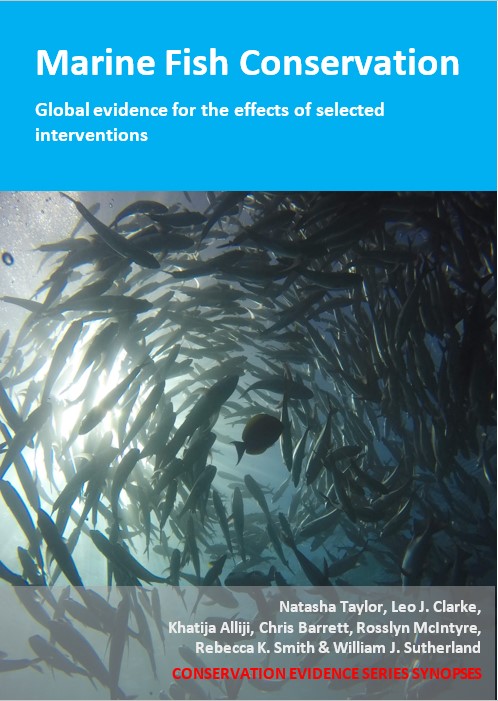Limit the number of fishing days
-
Overall effectiveness category Awaiting assessment
-
Number of studies: 1
View assessment score
Hide assessment score
How is the evidence assessed?
-
Effectiveness
not assessed -
Certainty
not assessed -
Harms
not assessed
Study locations
Supporting evidence from individual studies
A before-and-after study in 1985–2002 of an area of seabed in the Strait of Sicily, Mediterranean Sea, off Italy (Garofalo et al. 2003) reported that following a decrease in the overall number of days fished (or fishing effort) by a bottom trawl fleet there was an increase in biomass of thornback ray Raja clavata and brown ray Raja miraletus. Data were not tested statistically. Total ‘days’ fished decreased to 11,000–12,000 hrs/season in 1997–2002, from 16,000–32,000 hrs/season in 1985–1996. Over the same period (1997–2002) average biomass of thornback ray increased (6.0 to 8.0 kg/km2), as did average biomass of brown ray (3.4 to 5.0 kg/km2) following an earlier decline in 1985–1996 (4.0 down to 3.0 kg/km2). In the late 1980s and early 1990s changes to the Mazara del Vallo trawl fleet in the Strait of Sicily (fewer small coastal vessels to more large trawlers designed for offshore fishing) resulted in a large reduction in fishing effort in overexploited areas, as fishing activity moved to other areas. Ray abundance data were collected during scientific trawl surveys conducted in 1985–86, 1990–91, 1994–98 and 2000–02. The vessel used was a commercial charter that deployed an ‘Italian Bottom Trawl’ of 28 mm codend mesh size. Fishing effort data were derived from Harbour Office records and interviews with fishers.
Study and other actions tested
Where has this evidence come from?
List of journals searched by synopsis
All the journals searched for all synopses
This Action forms part of the Action Synopsis:
Marine Fish Conservation





)_2023.JPG)














